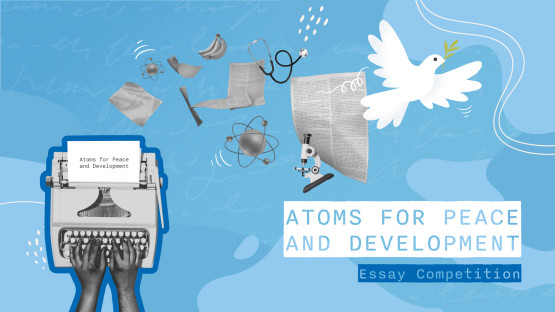Some 200 young writers from around the world submitted essays and speeches for the IAEA's Atoms for Peace and Development Essay Competition. The competition was launched to commemorate the 70th anniversary of US President Dwight D Eisenhower’s ‘Atoms for Peace’ speech delivered on 8 December 1953 to the United Nations General Assembly in New York. It was this speech that laid the foundation for the establishment of the IAEA in 1957.
The winner is 20-year-old Nela Gawrychowska, who took inspiration from the words of Eisenhower and two-time Nobel prize-winner Marie Skłodowska-Curie to outline her thoughts on fusion energy, writing that it could become “a potential catalyst for a sustainable, prosperous, and inclusive future".
An honourable mention goes to 20-year-old Mahek Arora, who wrote about the role of nuclear science and technology and its potential to “foster peace, prosperity and cooperation on a global scale”.
Writers who decided to enter the competition, open to anyone aged 18-24, were encouraged to take inspiration from Eisenhower’s vision and posit ways the IAEA and the international community could address today’s biggest challenges within the mission of “Atoms for Peace and Development”.
The essays submitted were informed by numerous aspects of the IAEA’s work, from safeguards to supporting low-carbon nuclear energy. The most original essays also came up with ways peaceful uses of nuclear science and technology could play an even greater part in promoting peace, climate change mitigation and adaptation, health, and food and energy security.




